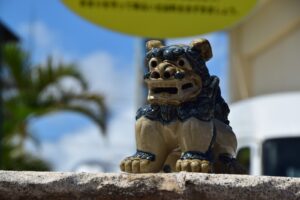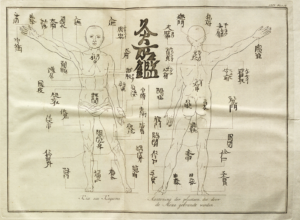Deconstructing Creativity: ‘Japas’ Craft Beer, Created by a Trio of Female Japanese-Brazilians
Brazil is home to the world’s largest Japanese populations outside of Japan, numbering about 1.5 million people. The Japanese Brazilians are either 1) Japanese people from Japan who immigrated to Brazil and then became naturalized Brazilian citizens; or 2) those born in Brazil with varying degrees of Japanese ethnicity. There were many reasons why there was an influx of Japanese people coming to Brazil. Back in 1868, Japan was suffering from poverty and high unemployment during the Mejii Period (1868-1912). Consequently, the number of Japanese wishing to emigrate increased. Many of them were dreaming of working abroad to save money and eventually return to Japan. However once they arrived, many others …





















 Instagram
Instagram